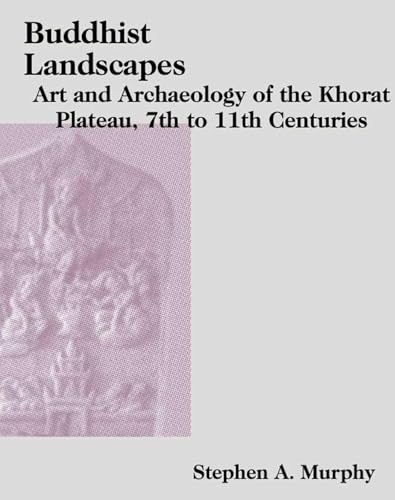via Journal of Archaeological Science, September 2019: The first archaeometallurgical study from Lao PDR, analyzing copper mining and bronze smelting at the Vilabouly Complex.
The application of lead isotope-based provenance analysis in Southeast Asia over the last decade has strongly suggested a central role was played by the Lao PDR in regional copper production exchange networks for approximately 1500 years. The Vilabouly Complex, in central Lao’s Savannakhet Province, has revealed major copper mining and smelting sites dated to the regional Iron Age (c. 400 BC – AD 500) and possibly Bronze Age (c. 1000 – 400 BC). Metallurgical practices at the Vilabouly Complex, and indeed for all of the Lao PDR, are unknown, and the propose of this paper is to provide a comprehensive analytical study of the Vilabouly Complex metal assemblage, including 60 copper-base artefacts of multiple typologies. Cut samples of these were subjected to morpho-stylistic, metallographic (OM), elemental (XRF, SEM-EDS) and lead isotope analyses (MC-ICP-MS) in order to reconstruct the range of forms, metalworking materials, techniques (alloying, casting and post-casting treatments) used at the Vilabouly Complex. The results revealed an assemblage composed of copper, bronze and leaded bronze alloys, with a majority consistent with the lead isotopic signature for the Vilabouly Complex copper. The consistent geochemical and technological signature of the majority of artefacts strongly corroborates the extensive onsite production evidence, and fits with the burgeoning regional copper-base metals database for copper metal demand being sated in large part by Lao PDR supply.
























